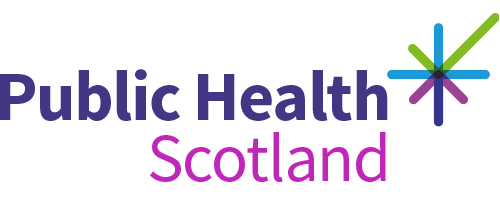Drug-related harms increase across Scotland
First published on 29 July 2025
- Drugs
Public Health Scotland (PHS) has published its latest Rapid Action Drug Alerts and Response (RADAR) quarterly report today. Figures show increased levels of drug-related harm across Scotland, underlining the need for continued action.
The report shows drug-related harms are higher compared to the previous quarter, including naloxone administration incidents (45% increase) and emergency department attendances (19%). A rise was also seen in suspected drug deaths, which were 15% higher than the previous quarter and 7% higher than the same period in 2024.
Instances of very high levels of drug-related harm were identified in Scotland following the pandemic, which then decreased. The current report indicates this decreasing trend appears to be over and levels of harm have approached those seen in previous peaks.
Covering March to May of this year, the report presents information during a period when local partners in multiple areas, supported by PHS, mounted immediate responses to reports of increased drug harms.
The findings of the report highlight the persistently high levels of drug-related harm in Scotland and the serious impact of a rapidly evolving, toxic and unpredictable drug supply.
A global challenge that Scotland needs to respond to is the emergence of new drugs, such as nitazene-type opioids. First detected in Scotland in 2022, these drugs were present in 6% of all deaths in the first quarter of 2025. People who use drugs and those who support them should be aware of increased health risks these substances pose.
Dr Tara Shivaji, Consultant in Public Health Medicine at PHS said:
“Our most recent data shows that the unregulated drugs market in Scotland is continuing to have a devastating effect on people who use drugs and their communities. The recent trends in increasing drug-related harms are deeply concerning, and it’s vital that the response continues to be prioritised in order to protect lives.
“There are complex reasons for the increase in harms we’re seeing. Scotland has an evolving drug supply, which is often contaminated with toxic substances. Most of the harm also involves the use of more than one substance. We urge caution to all people who use drugs - there’s no way of telling which substances may be contaminated or what the combined effects will be. Having someone who can help in an emergency is an important harm reduction measure, but there‘s no safe way to take these substances.
“PHS, through RADAR, has worked with a range of partners since March to identify the increase in drug harms, and to help coordinate the system-wide response. It’s imperative that our collective efforts continue and our thanks go to the various organisations and people in frontline and supporting roles who provide us with critical information.”
Drug harms are closely linked to social and health inequalities, and PHS alongside the Scottish Directors of Public Health, recognise the role that all services across Scotland can play in addressing this challenge.
Valerie White, Director of Public Health, NHS Dumfries and Galloway, on behalf of the Scottish Directors of Public Health, said:
“The latest RADAR report highlights the continued need for a system-wide approach to preventing drug harms - one that ensures people can access the harm reduction, treatment, care, and recovery support they need, when they need it.
“By tackling the deep-rooted social and health inequalities that drive drug-related harm, we believe that Scotland’s relationship with drugs can change.
“To address these inequalities, a coordinated, multiagency response from more than drug services is required. Sectors such as housing, education, and welfare all play hugely important roles in tackling drug harms as part of a public health approach.”
Read the latest RADAR quarterly report
View our statement in March which warned of an increase in overdoses
For support for people affected by drugs visit NHS inform
Naloxone can temporarily reverse an opioid overdose - order a free naloxone kit through Scottish Families Affected by Alcohol and Drugs
